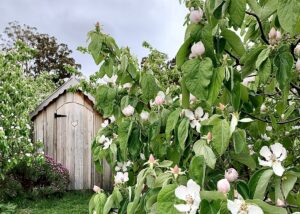
Hello!
How are you?
We have been slowly but surely making some changes in our Quince Orchard.
It took a lot of courage, lots of sleepless nights and worry if I was making the right decision but after ten years of only harvesting a handful of quinces it was time to say goodbye to the four Van de Man quince trees in our Quince Orchard. Michael and Lil had been very patiently listening to me trying to decide for years, weighing up the options in the for and against columns!
Why was it such a hard decision?
Because a quince tree isn’t just a tree that provides fruit.
It provides habitat, the pollinators and beneficial insects love the blossom in the Springtime.
The tree canopy provides overhead protection for our ducks and hens from hawks (the ducks and hens share the orchard at different times of the year).
Moss and lichen were developing on the branches and tree trunks.
The fallen fruit is food for our ducks, the wild birds, wasps and if it made it to the compost it was a rich addition.
We planted those trees with all the care and tended to them lovingly, there is a bond. I would stand at the Quince Orchard gates or amongst the quince trees and thank them for the beauty they bring to the world.
Planting an orchard is a marvellous life experience, there is an energy that evolves as the trees grow. There is a life force, the gentlest of feelings as you walk through the orchard. Completley different to when walking through that area when there were no trees, it was bare with only scrappy grass growing.
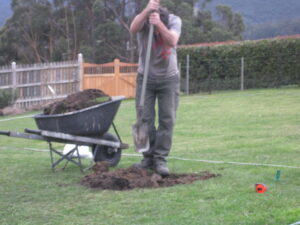
The above photo is 27th July 2013, Michael planting one of the first trees in the Quince Orchard.
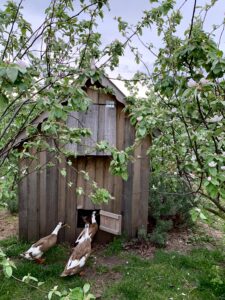
Why didn’t the quince trees fruit?
Of course the erratic weather doesn’t help as well as the Van de Man were the first Quinces to blossom and therefore could get late frost damage and overall weather damage, think the odd gale force wind that can whip through the orchard at that time of year. Let’s not forget the freak 2 minute hail storms we have had in the past that one year wiped out 90% of the crop.
While this variety was the first to flower the fruit was the last to ripen with the majority of the crop falling off the tree before it was anywhere near ripe.
Overall let’s put it down to the wrong variety planted (unfortunately) in the wrong place. The weather barrelling through that part of the property.
Can I just add a note that garden centre owners have a lot of responsibility for recommending and selling varieties for a local area and should take fruit tree blooming dates into better consideration with when the last frost dates are.
So moving forward what recommendations can I make to you? Where ever you live, make sure when choosing your fruit trees the blossom can’t be wiped out by a weather event eg. frost. eg. if an apple tree is an early fruiting tree the harvest is early therefor they will blossom earlier than a late fruiting tree. A late fruiting variety will flower later and may miss your last frost date.
My free ebook Quinces is here for you to download.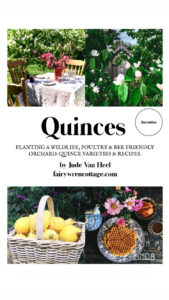

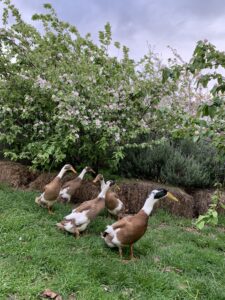
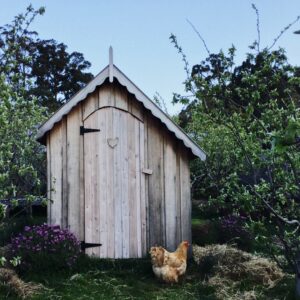
In my next blog journal entry I’ll list the planting additions to the Food Hedges that are in our Quince Orchard.
There is no limit to how many free ebooks you can download. You can also read my free ebooks on Trove, the National Libraries of Australia website. It was my goal when creating these ebooks to make them free and accessible to everyone, paying it forward and sharing the knowledge others have shared with me and also sharing what I have learnt along the way. I have 25+ years gardening experience.
In my next blog journal entry I’ll list the additions to the Food Hedges in our Quince Orchard.
See you then,
Jude x
My free book Food Hedges is here for you to download.
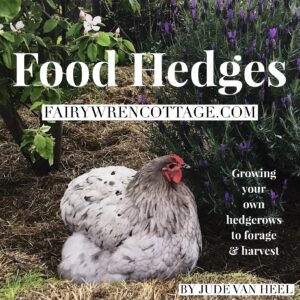
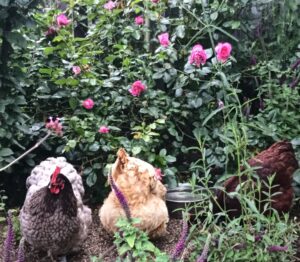
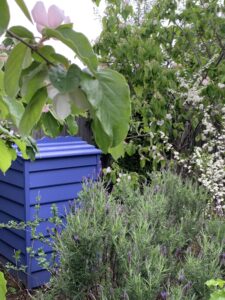
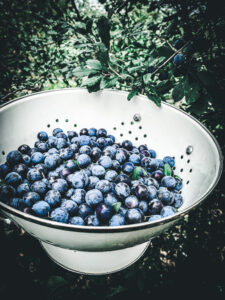
Quince Orchard updates.
August 8, 2023
comments
share